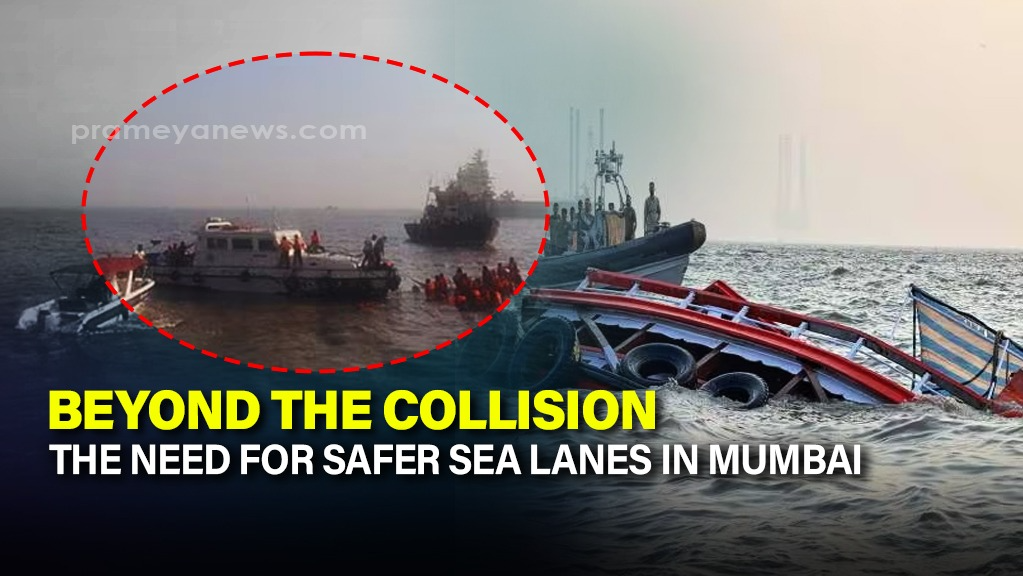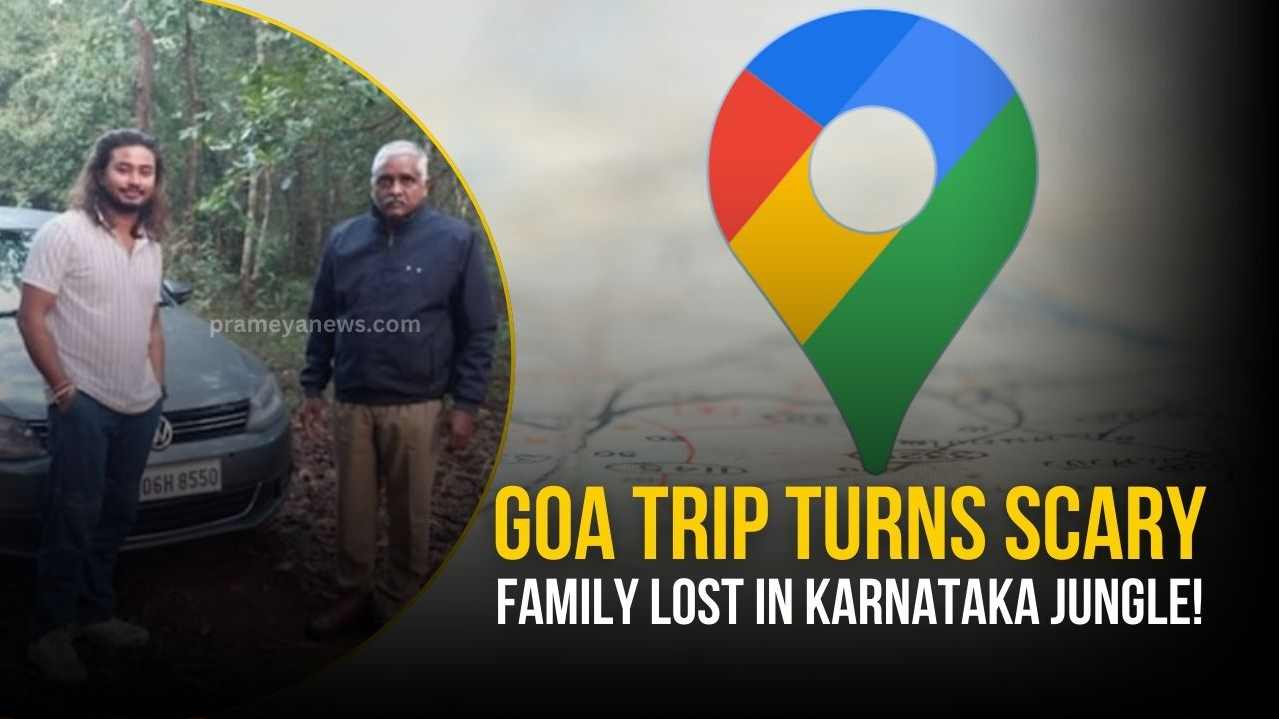The devastating collision between a Navy speedboat and a passenger ferry off the coast of Mumbai, which claimed 13 lives, has cast a harsh spotlight on the perilous state of the city's marine traffic management. While the immediate cause of the accident appears to be a malfunctioning engine on the Navy vessel, a deeper investigation reveals a troubling pattern of unregulated traffic and narrow sea lanes, raising serious concerns about the safety of passengers navigating these waters.
A history of close calls and tragedies:
The accident involving the "Neel Kamal" ferry, tragically claiming the lives of 13 passengers including a naval officer and OEM representatives, is not an isolated incident. Mumbai's waterways, particularly the channel leading to Elephanta Island, are notorious for their congestion and lack of proper regulation. This has led to numerous close calls and, tragically, several fatal accidents in the past. Overcrowding, inadequate maintenance, lack of safety equipment, and non-compliance with safety regulations are recurring themes in these incidents.
One of the most devastating incidents occurred last year in Tanur, Kerala, when an overcrowded recreational boat capsized, resulting in the deaths of 22 people, including 11 children. This tragedy, like many others, exposed the glaring inadequacies in safety measures and adherence to regulations. The "Atlantic," as the boat was known, reportedly lacked sufficient life jackets and was operating beyond its capacity, highlighting the disregard for passenger safety that often prevails.
Narrow channels and unregulated traffic:
The narrow sea lanes around Mumbai witness a constant flow of diverse vessels, from large merchant ships and naval warships to small fishing boats and tourist ferries. This mix of traffic, coupled with the lack of adequate regulation and enforcement, creates a hazardous environment for all those who rely on these waterways.
The Elephanta channel, in particular, cuts across the main shipping lane, increasing the risk of collisions. The absence of a comprehensive vessel traffic management system, similar to the one employed by the Bombay Port Trust for larger vessels, further exacerbates the problem. While professional pilots guide large ships and adhere to strict protocols, smaller vessels often operate with less oversight, increasing the potential for mishaps.
The need for comprehensive reform:
The recent tragedy underscores the urgent need for comprehensive reform in Mumbai's marine traffic management. This includes:
Implementing stricter regulations: Clearer and more stringent regulations are needed to govern the operation of all types of vessels, including speed limits, designated lanes, and mandatory safety equipment. Regular inspections and audits should be conducted to ensure compliance.
Enhancing enforcement: Increased surveillance and stricter enforcement of existing regulations are crucial to deter reckless behavior and ensure compliance. This may involve deploying more patrol boats and utilizing technology such as vessel tracking systems.
Improving safety measures: Mandatory use of high-quality life jackets, regular safety inspections, and improved emergency response protocols are essential to minimize risks. Regular drills and training for crew members should be mandatory.
Widening sea lanes: Exploring the feasibility of widening critical sea lanes to reduce congestion and improve navigation. This might involve infrastructure development and careful planning to ensure minimal disruption to marine ecosystems.
Public awareness campaigns: Educating the public about maritime safety and responsible boating practices. This could include public service announcements, educational programs in schools, and outreach to boat operators and owners.


















































